Landslide!
Thursday, 3rd November 2011 by Kyle Kusch
Landslides, landslips, and land slumps are hazards the world over. Some occur over weeks or even months; others occur in a matter of seconds. The end result, however, is universal: a large chunk of land collapses, everything in its path gets obliterated, and massive damages are incurred.
Our tour begins not on a remote mountainside but in North Beach, an urban neighbourhood at the heart of San Francisco. Not only is San Francisco built on top of 50 different hills, it also lies in one of the world’s most seismically-active areas, meaning slumps and collapses are always an issue. Google’s 45° imagery captured the aftermath of a 2007 slide that came crashing down on several apartment buildings (and a strip club!).
Further down the California coast is the small village of La Conchita, where in 1995 a large mudslide slumped directly behind the town. In 2005, the southeastern portion of the slump collapsed, sending 200,000 m3 (7 million cu ft) of mud and soil into La Conchita, destroying 13 houses and killing 10 people.
In the Los Angeles neighbourhood of San Pedro, Paseo del Mar is a street that has been slowly eaten away from below by cliffs collapsing into the sea. A closer look reveals not only the pieces of the old roadway lying in the rubble, but also the foundations of buildings removed for safety purposes.
Halfway around the world in Crimea, we see where human activity has caused a landslide, as the side of a limestone quarry is falling into the Black Sea.
In 1903, much of the Albertan coal mining village of Frank was buried when the entire east face of Turtle Mountain suddenly collapsed, sending 90 million tonnes of rock into the Crowsnest River valley and killing 90 people. Over a century later, the scar is still as plain as day, and the Frank Slide is a major tourist attraction. The current highway through the valley was built right through the middle of the slide’s debris field.
The 1987 Val Pola landslide in the Italian Alps obliterated five villages and six hamlets. Heavy rainfall accelerated erosion on the mountainside, causing a large fracture on the east side of the mountain. Most of the valley’s residents were evacuated a day before the slip occurred, but what was not expected was the resulting rock avalanche ploughing into a nearby lake and sending a massive wave of water 2 km up the valley, killing 22 people.
Often, landslides and landslips falling into river valleys end up damming the rivers and creating new lakes. Two recent examples are Bolivia’s Laguna Verde, where the slope was destabilised by excessive coca farming, and Dominica’s Miracle Lake, created in 1997.
All of these slides serve to remind us that in the battle of man and nature, nature usually wins.
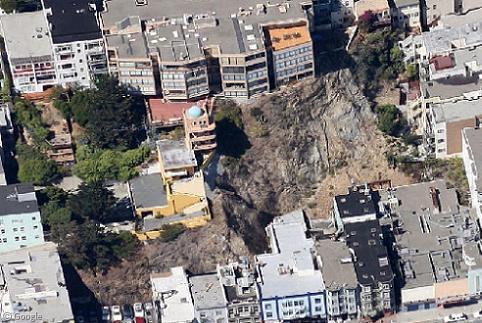
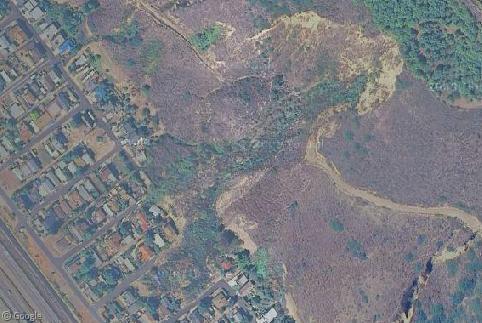
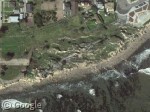
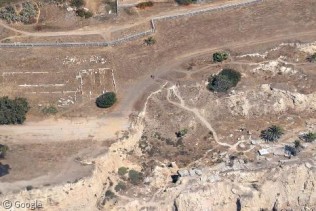
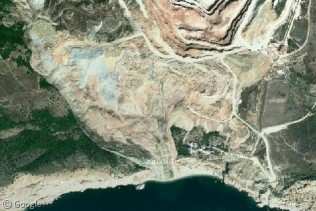
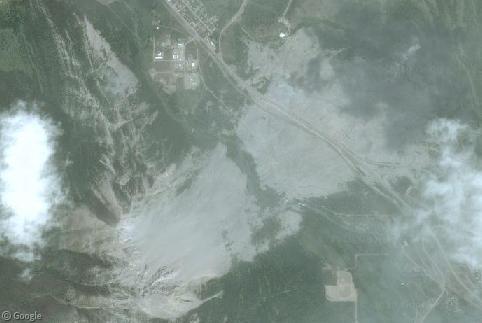
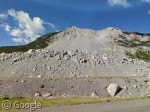
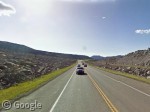
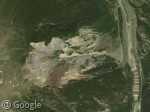
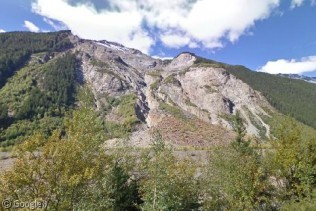
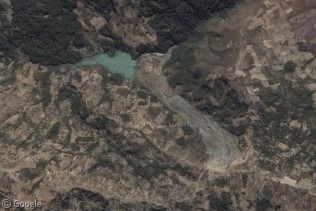
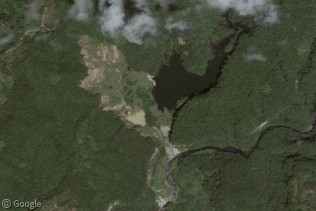
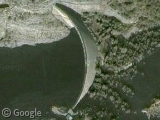
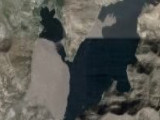
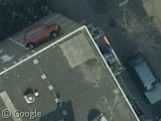
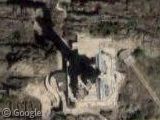
http://en.wikipedia.org/wiki/Lituya_Bay I wall of water from the landslide (measuring 500+ meters high) slammed into the side of the bay knocking trees down up to 1,000+ ft above the waterline…..hence the 2 different tree colors (bright green younger trees and older darker green trees) in the low -rez photo
So far in November one mudslide in Columbia has buried homes and killed almost 40 people. Another in California blocked off two lanes of traffic (Interstate 280) in California. As climate changes our natural environment, we can expect catastrophes like the Columbia one to increase in intensity.
post such amazing places and thanks to google.